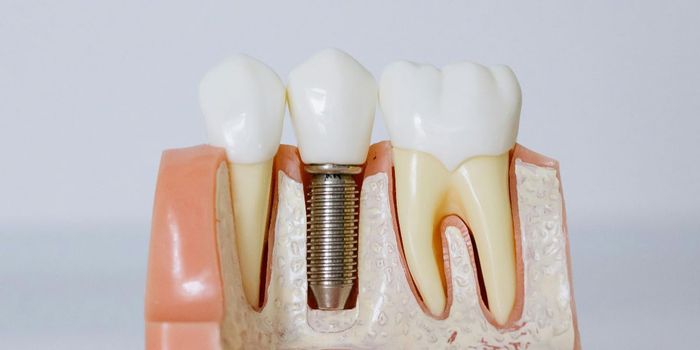How The Iceman Survives Brutal Cold
It’s almost Spring in many parts of the world and dealing with the cold is getting stressful, but Dutch explorer Wim Hof, aka “The Iceman” deals with deadly cold in a much different way. Rather than piling on the warm layers and having a nice cup of hot cocoa, Hof deliberately spends time in the deep freeze, frequently setting records for cold endurance.
Using breathing techniques, dubbed “the Wim Hof Method.” He’s never been part of research into his unique abilities until now, but researchers at Wayne State University School of Medicine have completed a study on Hof and how his brain works to fight the cold.
Wayne professors Otto Muzik, Ph.D., and Vaibhav Diwadkar, Ph.D. authored the study published recently in the journal NeuroImage. Their study of Hof and thermoregulatory mechanisms of the brain and body could lead to the way to understanding disorders of the immune system, mental illness, and other brain functions.
It’s not possible to plop an MRI scanner down on an iceberg, so the team used a specially designed suit that could be filled with water at different temperatures. For imaging, they chose functional MRI scans (fMRI) to visualize the brain and positron emission tomography (PET) to see what was happening in the rest of the body. Like any good clinical research, there was a control group as well, and when Hof’s results were compared to healthy study volunteers, the differences were significant.
While The Iceman practiced his method, the researchers noticed that his skin temperature was immune to the cold. PET scans of his muscles showed “increased sympathetic innervation and glucose consumption in intercostal muscle.” The Hof Method resulted in heat being deliberately generated, and this heat spread to his lungs and warmed the blood that circulated around the pulmonary vessels and then to the rest of his body.
Dr. Muzik explained, "The willful regulation of skin temperature -- and, by implication, core body temperature, even when the body is being stressed with cold -- is an unusual occurrence and may explain his resistance to frostbite. From our previous studies, we expected The Iceman to show significant brain activations in a region known as the anterior insula, where the brain's higher thermoregulatory centers are located. However, we observed more substantial differences in an area called periaqueductal gray matter, located in the upper brainstem. This area is associated with brain mechanisms for the control of sensory pain and is thought to implement this control through the release of opioids and cannabinoids."
Essentially, Hof can willfully generate a pain-relieving response in periaqueductal of the grey matter in the brain. This results in the organic release of opioids and cannabinoids from the brain. When the body is flooded with these neurochemicals, it’s similar to a high that comes from drug use, with a rush of well-being and a quieting of pain and anxiety. While many people use guided imagery, meditation and other techniques to manage pain, stress, and anxiety, the Wim Hof Method is the only one studied that actually changes the mechanism of the brain to keep the cold from causing frostbite and hypothermia.
Muzik and his colleagues hope to use what they have learned from Hof to find ways that patients can change their physical responses to disease, pain, and stress. The video below talks more about this process, check it out
Sources: Wayne State University, NeuroImage Men’sHealth









